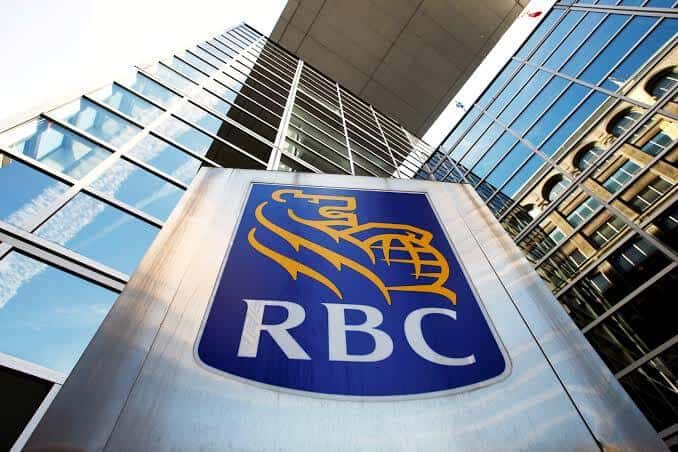Join Our Telegram channel to stay up to date on breaking news coverage
With many governments showing support for Central Bank Digital Currencies (CBDCs), it almost seems like every nation is aboard the train. However, some notable holdouts have also expressed their concerns over the viability of these assets. One such country is Canada.
Storage Problems are Predominant
In a report published earlier this week, the Bank of Canada highlighted that CBDCs pose some security risks, and it would be ill-advised to go forward with them without considering the solutions to these risks first.
The report, titled “Security and convenience of a central bank digital currency,” highlighted some of the benefits and perceived risks of CBDCs. In it, the Bank of Canada explained that CBDCs could pose particular security risks, especially when it comes to storage.
“These risks arise from how balances are aggregated and stored, how CBDC is used for transactions, and how various solutions such as e-wallets, crypto exchanges, and banks compete to attract users,” the report summarized.
While the report doesn’t state the Bank’s official stance on CBDCs, it highlights some of the issues that the agency has seen with traditional cryptocurrencies. Left unchecked, these issues could spill over into CBDCs and affect their functionality.
First, the Bank explained that people had shown a susceptibility towards losing their digital assets. Unlike traditional banks, where anyone who loses their online banking details can still go physically to the bank, lost digital assets are usually not retrievable.
The Bank also highlighted that CBDC holders could create numerous crypto wallets and spread their funds across them in different allotments. This could see digital asset storage locations surpassing what’s obtainable in traditional finance.
Moving on, the Bank pointed out that that platforms could potentially provide some custom solutions around CBDCs. In response to this, appropriate solutions will be to set caps on wallet holdings for CBDCs, as well as central banks imposing specific parameters on companies that would partner with them on their CBDC projects.
“If the Bank of Canada were to issue a CBDC, it would likely be token-based. To ensure that CBDC is a safe and efficient means of payment, the Bank needs to carefully consider how CBDC will be aggregated and used, and what externalities will arise from it.”
Australia Sees No Use for CBDCs
Canada isn’t the only country to issue skepticism over the feasibility of issuing a CBDC. Last month, reports confirmed that a payment paper from the Reserve Bank of Australia (RBA) had taken a cautions line towards CBDCs and private stablecoins.
As the report explained, the RBA doesn’t believe that the country has a strong enough policy case to issue a CBDC. Even more, its real-time New Payments Platform appears to have been a success, rendering the need for a CBDC mute.
Besides, the RBA reportedly noted that Australians are still using banknotes predominantly. Unlike many other regions, demand for cash saw an uptick amid the coronavirus pandemic. Therefore, there won’t be much of a need for a digital alternative if people want to continue using banknotes.
Join Our Telegram channel to stay up to date on breaking news coverage


